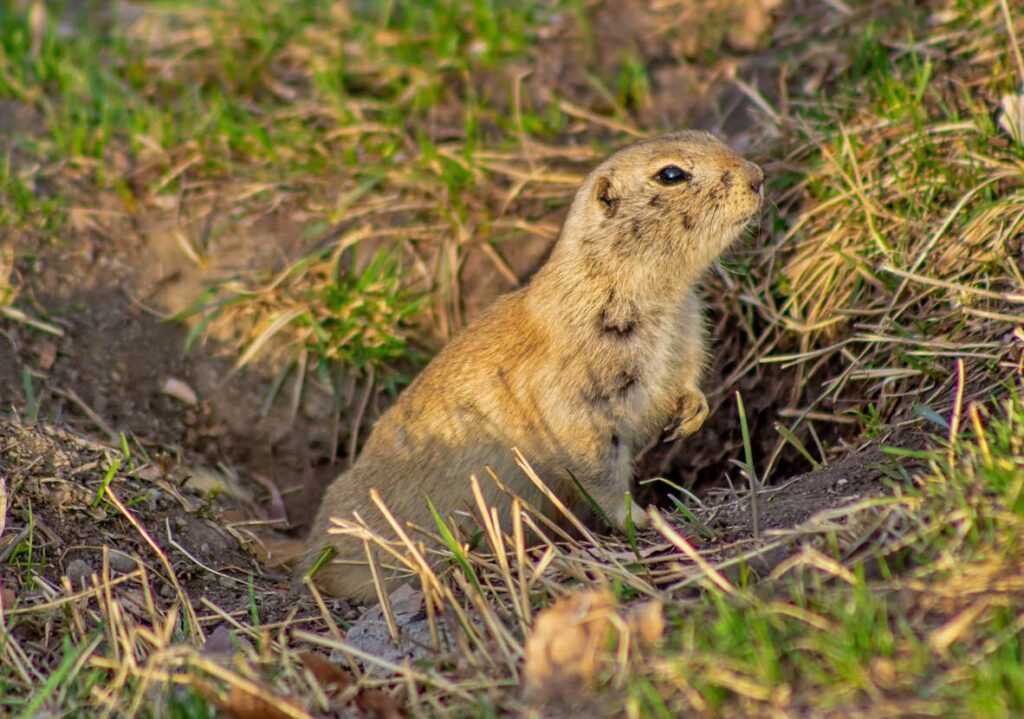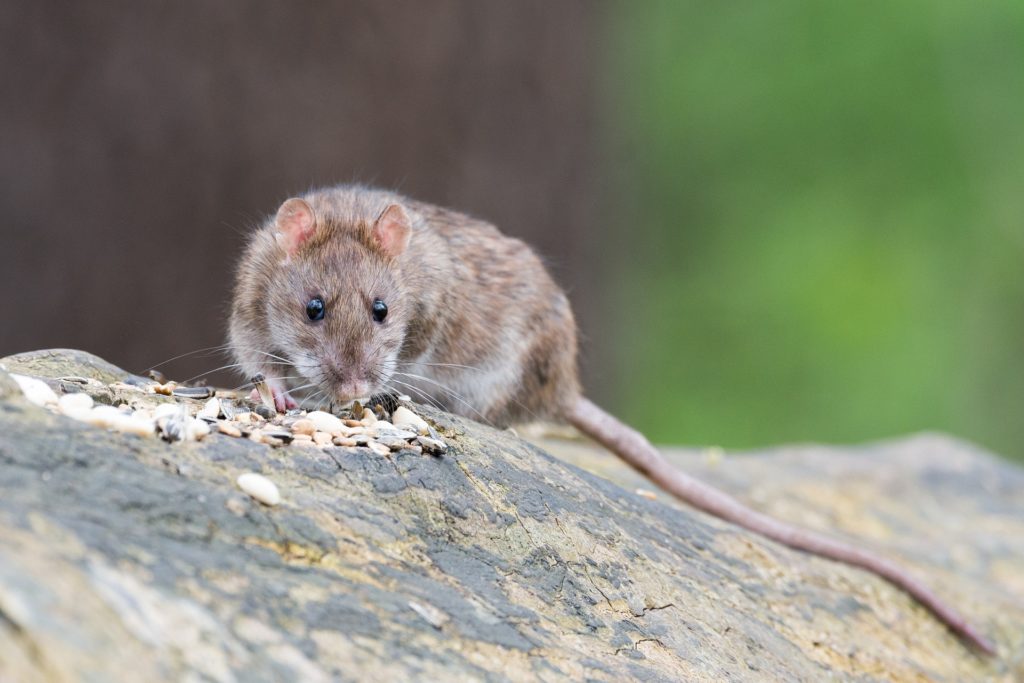
The Diversity of Keystone Species
Although the keystone species concept was conceived of over 50 years ago, contemporary efforts to synthesize related literature have been limited. Our objective was to create a list of keystone animal species identified in the literature and to examine the variation in the traits of species and the ecosystem influences they elicit. Read about the diversity of keystone species here.
——————————————————————————————————–
Resting Strategies in Mammals

Human-wildlife research has exploded in the past few decades, and with it has exploded studies focusing on activity patterns. However, most of these studies neglect periods of inactivity entirely. Mammals must use different resting strategies to maximize foraging opportunities while minimizing predation risk or competition, but the drivers of these resting strategies remain largely unknown. Read more about how mammals avoid predation during sleep here.
——————————————————————————————————–

Foraging dependency in Invasive rats
One of the most widespread invasive species, the genus Rattus, is now distributed on every continent, and leaves a pattern of localized extinctions in its wake. In our non-invasive removal experiment, we found evidence that synanthropic Rattus populations are invariably tied to human refuse. Our results imply that Rattus will not take advantage of natural resources, regardless of patch quality. These results have strong conservation implications, as they indicate that proper food waste management is likely to be more effective and more targeted at controlling Rattus populations than the use of poisons. Read about this study here.